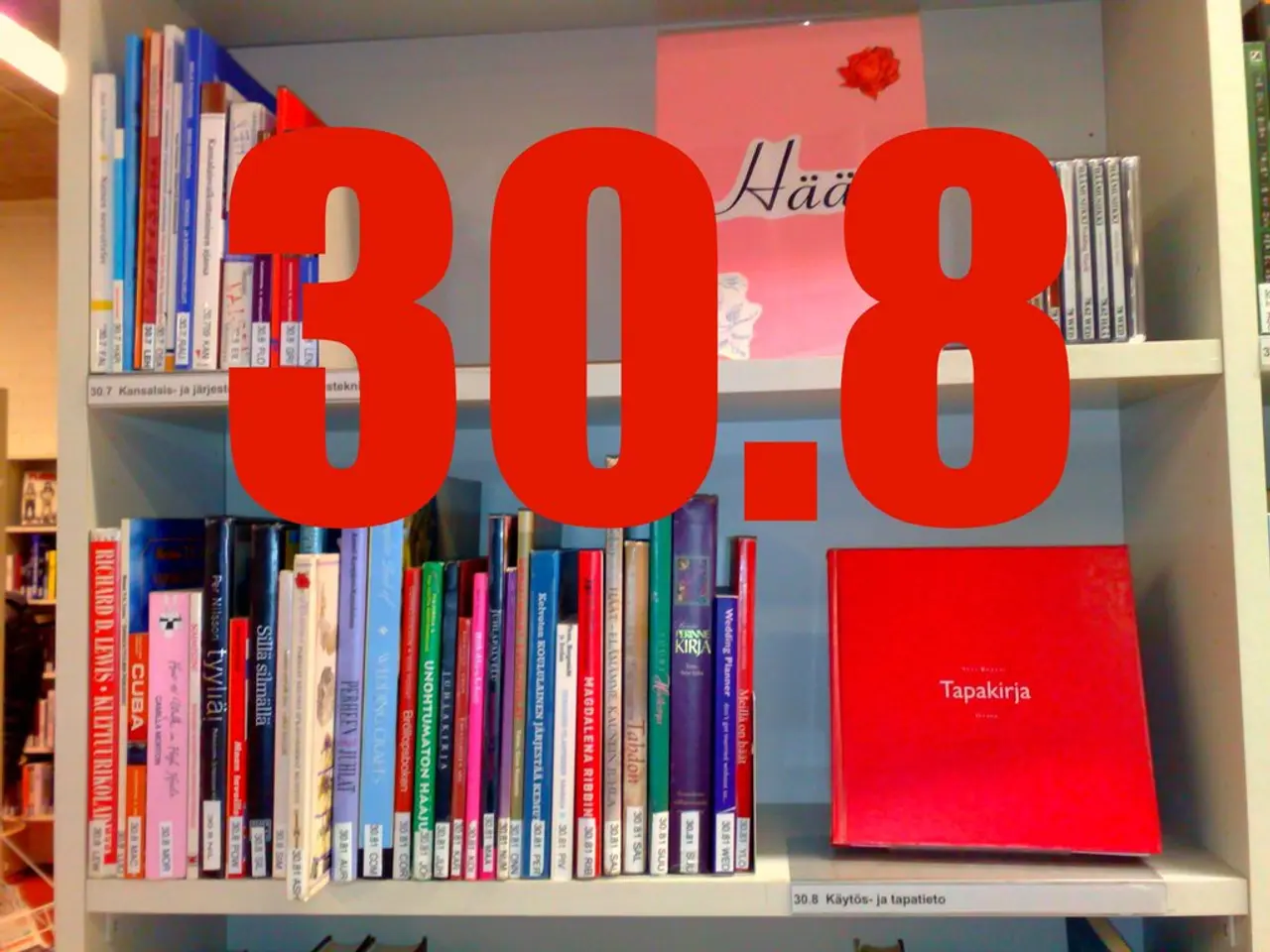Check Your SEE Result 2079/2080: Instruction on Retrieving SEE Results
In the recent SEE examination of 2079/2080, a total of 4,85,396 students participated from 12,833 public and private schools across Nepal, tested at 2,377 examination centers.
Most of the students are getting grades between 2.0 and 2.4 GPA, with 1,02,293 students falling in this category, representing 2.9% of the total examinees. However, it's worth noting that no student has failed in the SEE results 2079/2080.
To check your SEE results, you can visit the official result portals of the Office of the Controller of Examinations (OCE), National Examinations Board (NEB), Nepal, or other trusted educational websites such as Colleges Nepal. To access your results, enter your Symbol Number and Date of Birth. You can also check your results via SMS by sending "RESULT
The official website of the NEB, www.neb.gov.np, is another alternative place to check SEE results and related details.
The grading system for SEE follows a 4.0 scale based on percentage marks. Here's a breakdown of the grading system:
| Grade | Percentage Range | Grade Point | Performance | |--------|------------------|-------------|----------------| | A+ | 90 to 100 | 4.0 | Outstanding | | A | 80 to below 90 | 3.6 | Excellent | | B+ | 70 to below 80 | 3.2 | Very Good | | B | 60 to below 70 | 2.8 | Good | | C+ | 50 to below 60 | 2.4 | Satisfactory | | C | 40 to below 50 | 2.0 | Acceptable | | D | 35 and above | 1.6 | Basic | | Non-graded | Below 35 | - | Not Eligible |
The SEE Grade Increment Examination provides students who did not pass or want to improve their grades an opportunity to retake the exams.
For higher classes like 11 and 12, the NEB grading uses a similar 4.0 scale, and the percentage can be approximated by multiplying the GPA by 25.
Aspiring science students must attain a 'C plus' in science and mathematics. Students looking forward to joining class 11 need a minimum 'D plus' in English, Mathematics, Science, Nepali, and Social Sciences.
The SEE, which took place from Chaitra 17th to 29th, 2079, saw the participation of a nearly equal number of female and male students, along with 15,461 examinees from the technical side.
For this year, the NEB has reverted to the old grading system for the SEE results, attributing an 'E' grade based on the marks obtained by the students. The NEB has implemented the 2072 BS grading system for the last time this year. Candidates can pass if they achieve a combined 35 percent in theoretical and practical assessments under the current grading system.
Students can pass the SEE results 2079/2080, but their scores determine their eligibility to pursue specific subjects in class 11. For example, candidates with a GPA of 1.6 who have achieved a 'D Plus' in Mathematics, Nepali, English, Social Studies, and Science are eligible for the Management and Humanities subject group.
References:
[1] Nepal Education, (2080). SEE Result Checking Process. Retrieved from https://www.nepaleducation.com/see-result-checking-process
[2] Nepal Education, (2080). SEE Grading System. Retrieved from https://www.nepaleducation.com/see-grading-system
[3] Nepal Education, (2080). SEE Grade Increment Examination. Retrieved from https://www.nepaleducation.com/see-grade-increment-examination
[4] National Examinations Board, (2079). SEE Examination Results 2079/2080. Retrieved from http://www.see.gov.np/results/2079
[5] National Examinations Board, (2079). Official Website. Retrieved from http://www.neb.gov.np
Read also:
- Discussion between Catching Cairo and Doktor, hosted by BHM and DNB
- Victory of the Recognizable Over the Skilled in Certain Cases
- Exploring the Integration of 3D Printers in Robotics and STEM Education
- Indian Parliament consists of two houses: Lok Sabha, or the House of the People, and Rajya Sabha, or the Council of States.




